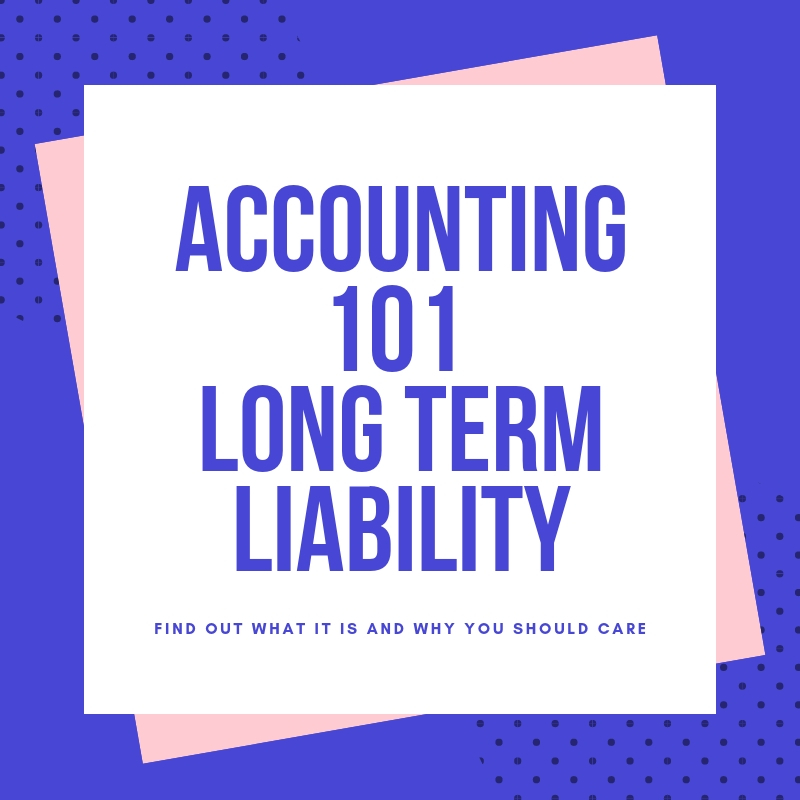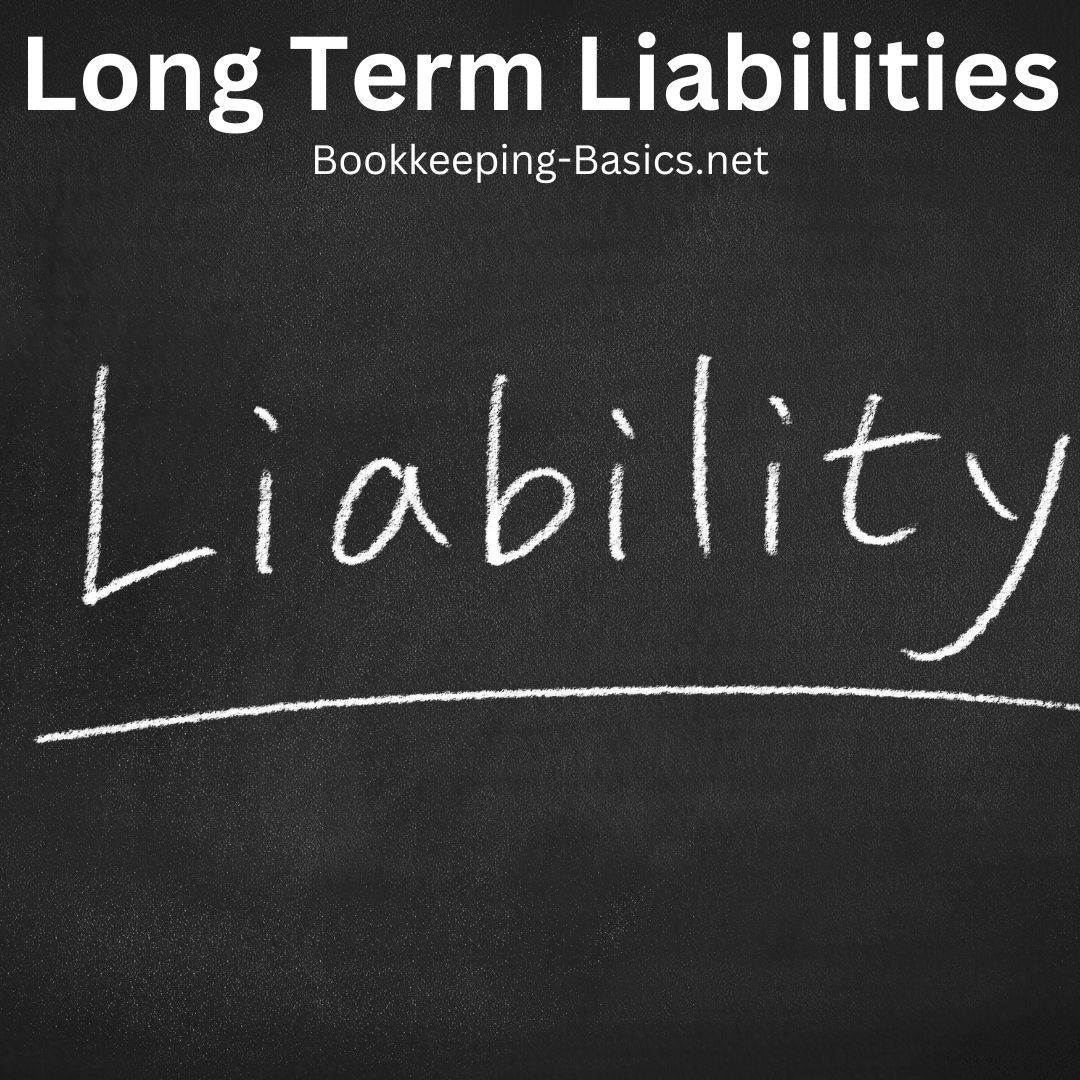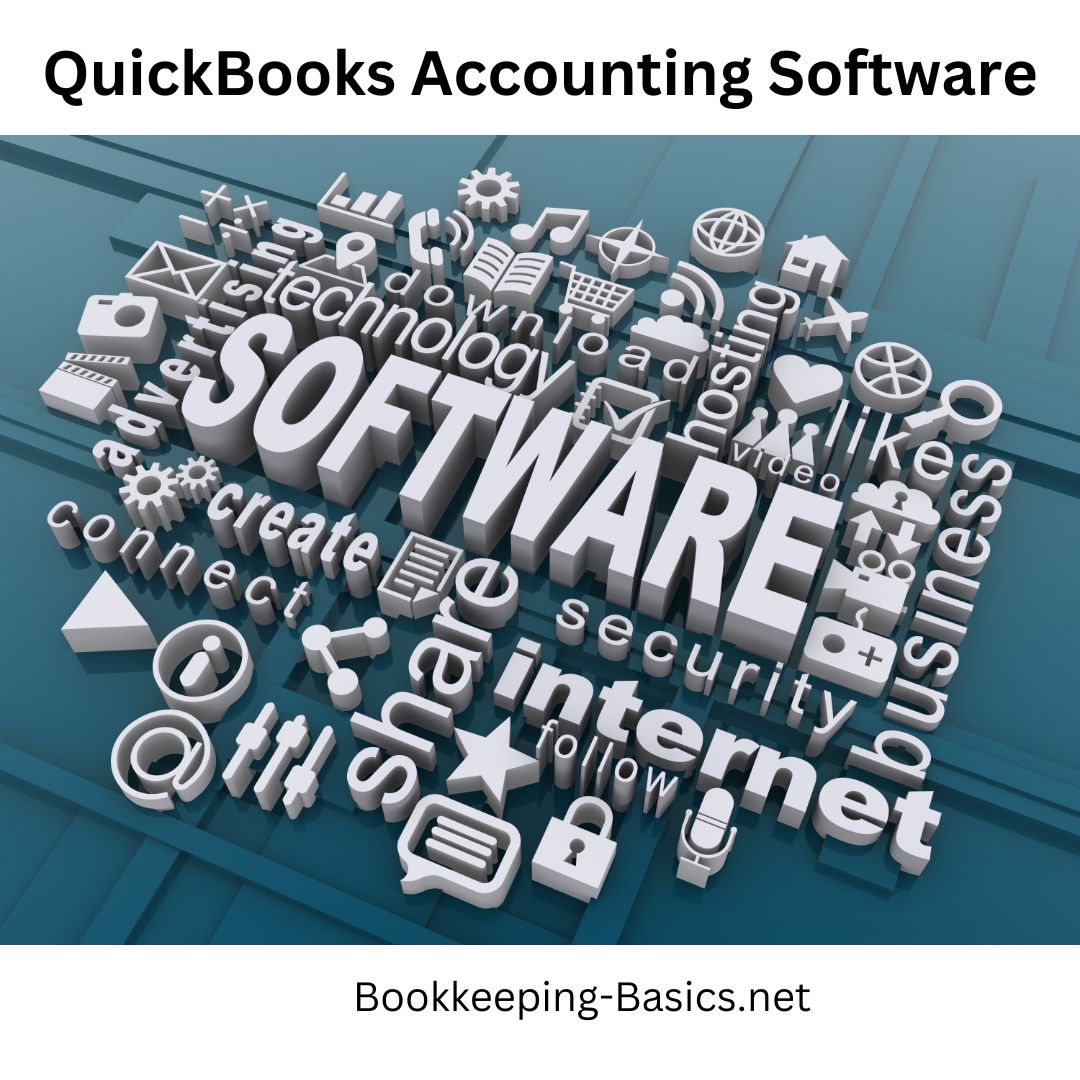- Home
- Accounting 101
- L/T Liability
Accounting 101 Long Term Liability
What It Is And Why You Should Care
When it comes to Accounting 101 Long Term Liability and all the essential bookkeeping services business owners employ, L/T liability is another one of the most important concepts to review.
Long-term
liability is a claim on the assets of a business and it has a major impact on
the financial health of an organization over time.
This is
especially true if the long-term liability for a company is poorly recorded and
poorly managed. In Small Business Accounting 101, we will show you
how important these debts are for determining and preserving financial
stability.
Accounting 101 Long Term Liability - Defined
So what is a long term liability? Typically, long-term liability is considered to be any liability that is due in more than one year.
Companies often secure long-term loans in order to obtain important assets that will be used for an extended period of time.
Essential equipment, commercial facilities and company autos are all examples of long-term liability.
These are often recorded in the accounting records for the business as "bonds payable" or "long-term notes payable".
They require a transfer of assets by a specific date as due payment for a purchase or action that has already occurred.
Accounting 101 Long Term Liability - Managing
While there are many topics that you will cover in Accounting 101, few are as valuable as Accounting 101 The Balance Sheet and how to manage it properly.
This financial report gives businesses a comprehensive understanding of their overall financial well-being.
Adding the business owner's equity to the short and long-term liability for the business will reveal the company's total assets or net worth.
Using the accounting chart of accounts to list long-term liability is a topic that is commonly explored in Accounting 101.
Accounting 101 Long Term Liability - Types
There are long term liabilities and there are short term liabilities. All debts that are due and payable within the year are considered to be short-term liability or current liability.
Principal balances with a repayment period greater than 12 months are long-term liability. These two debts together represent the total liability for the business.
Accounting 101 Long Term Liability - Function
Accounting 101 is so much more than learning to simply crunch numbers.
As a business owner you need to develop the ability to discern what these numbers mean for the future of your business and whether each debt or gain represents an opportunity for growth and increased financial health.
Short-term liability can be both positive and negative in that it can be representative of essential expenses for necessary portions of the operation or frivolous expenses that add no value the company.
When it comes to long-term liability, however, many of these debts are representative of items that perform positive functions for the business.
Not only might these items be critical for the maintenance of the operations overall, but these could contribute significantly to the growth and health of the business as shown on Accounting 101 The Income Statement as well.
Accounting 101 Long Term Liability - Success
Those who succeed in gaining a comprehensive understanding of long-term liability in accounting 101 will ultimately have the ability to determine the long-term impacts of a major purchase.
This can be critical when creating detailed reports concerning spending and expected returns on the related investments.
Excessive long-term liability can cause a business to become overwhelmed.
Therefore, an important learning
aspect in understanding your company’s finances is how to identify
disproportionate borrowing and returns so that company leaders can be notified.
Accounting 101 Long Term Liability - Summary
Modest and well-managed borrowing for assets that generate significant returns is a strategic approach that can greatly enhance your financial health. By carefully evaluating borrowing options and making informed decisions, you can leverage low-interest rates and manageable payments to acquire larger buildings and cutting-edge equipment. This, in turn, paves the way for expansion, increased profitability, and an overall improved bottom line.
The current economic landscape offers favorable conditions, with low-interest rates creating opportunities for businesses to access capital at affordable costs. By taking advantage of these favorable rates, you can secure financing for investments that have the potential to yield substantial returns. Whether it's acquiring a larger office space, upgrading your manufacturing facilities, or investing in state-of-the-art technology, these strategic moves can position your business for growth and long-term success.
Maintaining a healthy balance between your assets and liabilities is crucial for establishing and sustaining financial stability. It's important to assess your borrowing capacity and determine the optimal level of debt that aligns with your business goals and risk tolerance. By carefully managing your liabilities and ensuring they are proportionate to your assets, you can mitigate financial risks and maintain a solid financial footing.
Striking the right balance between borrowing and asset management requires a comprehensive understanding of your business's financial landscape. Conducting thorough financial analysis, including cash flow projections, risk assessments, and return on investment evaluations, can provide valuable insights to support your borrowing decisions. By approaching borrowing with a strategic mindset and aligning it with your overall financial goals, you can optimize your business's growth potential and enhance your financial stability.
It's worth noting that responsible borrowing goes hand in hand with effective debt management. Regularly reviewing your borrowing arrangements, renegotiating terms if necessary, and implementing efficient payment strategies can help you maintain manageable debt levels and optimize your cash flow. Prioritizing transparency and clear communication with lenders ensure a mutually beneficial relationship and a smooth borrowing experience.
By recognizing the importance of balancing your assets and liabilities, you demonstrate a commitment to long-term financial stability. Thoughtful borrowing decisions, coupled with sound financial management practices, contribute to building a solid foundation for your business's success. Embrace the opportunity to leverage low-interest rates and make strategic investments that propel your business forward. With a disciplined approach to borrowing and prudent financial planning, you can achieve sustainable growth, increased profitability, and a robust financial position.
@bookkeepingbasics1 📚 Looking to brush up on your accounting skills? Check out this informative article on long-term liabilities at Bookkeeping-Basics.net! 📖💼 🔗 Article Link: bo@okkeeping-basics.net/accounting-101-long-term-liability.html Whether you're a business owner, a student, or simply interested in understanding financial concepts, this article provides a comprehensive overview of long-term liabilities and their impact on a company's financial health. 💰💡 #Accounting101 #FinancialLiteracy #LongTermLiabilities #BookkeepingBasics #LearnAccounting Don't miss out on this valuable resource! Click the link above to dive into the world of long-term liabilities and enhance your accounting knowledge. 🎯✨ #BookkeepingBasics #AccountingEducation #FinancialEducation
♬ original sound - Bookkeeping Basica
More Small Business Accounting 101
- Accounting 101 The Balance Sheet
- Accounting 101 Chart Of Accounts
- Accounting 101 Financial Terms
- Accounting 101 The Income Statement
- Accounting 101 Long-Term Liability
- Small Business Accounting 101
Please subscribe to my monthly newsletter, Bookkeeping Basics E-zine. It tells you every month about the new information that I have added, including some great tips and advice from myself and other Bookkeeping Basics readers.
Like Bookkeeping-Basics.net?
- Home
- Accounting 101
- L/T Liability
















New! Comments
Have your say about what you just read! Leave me a comment in the box below.